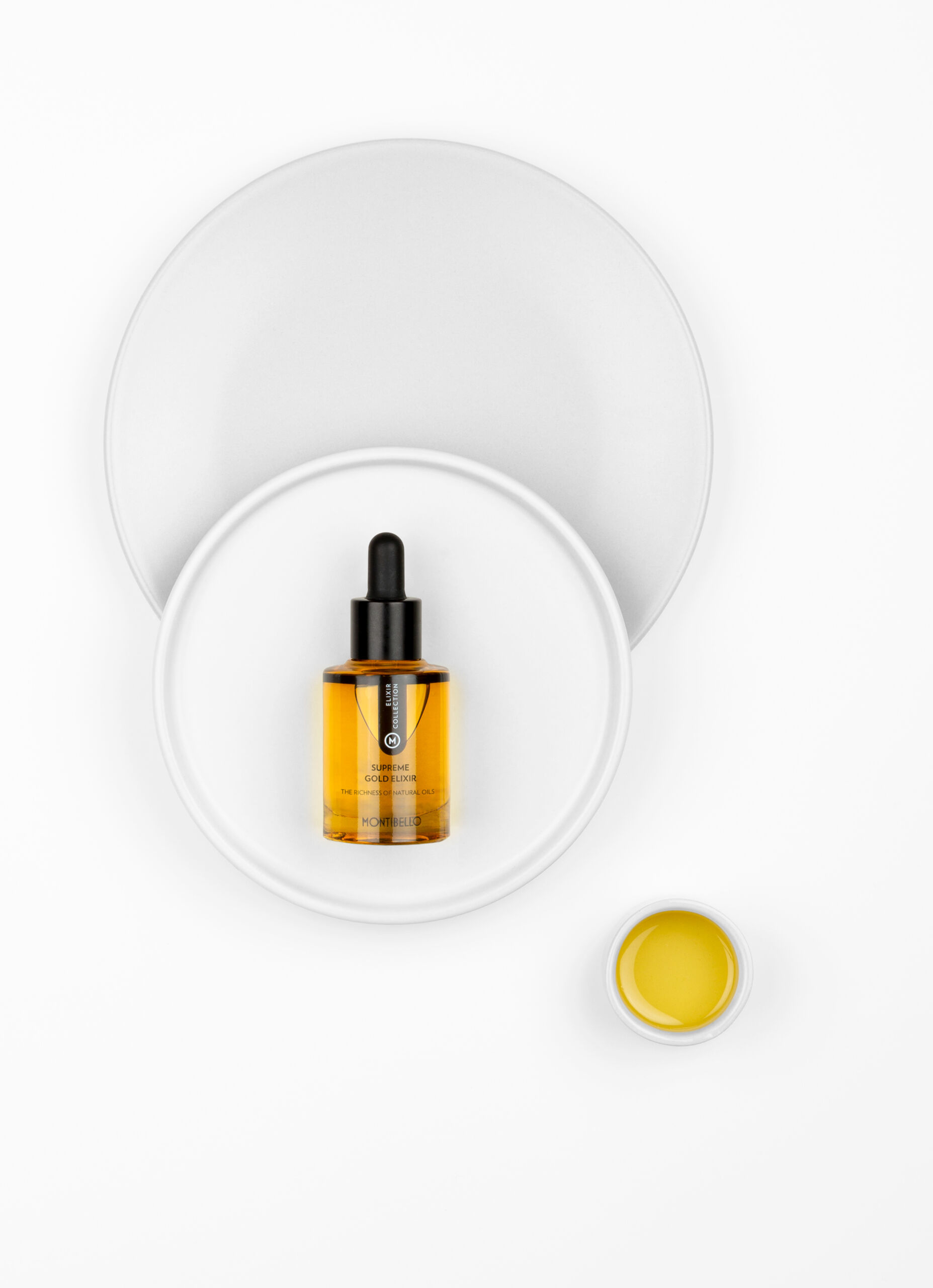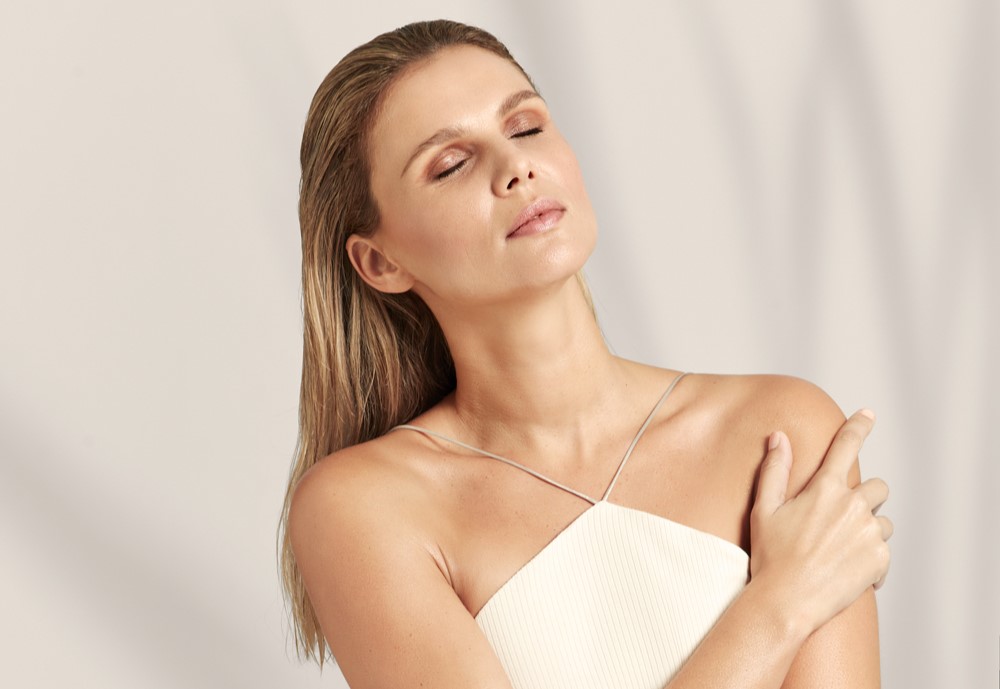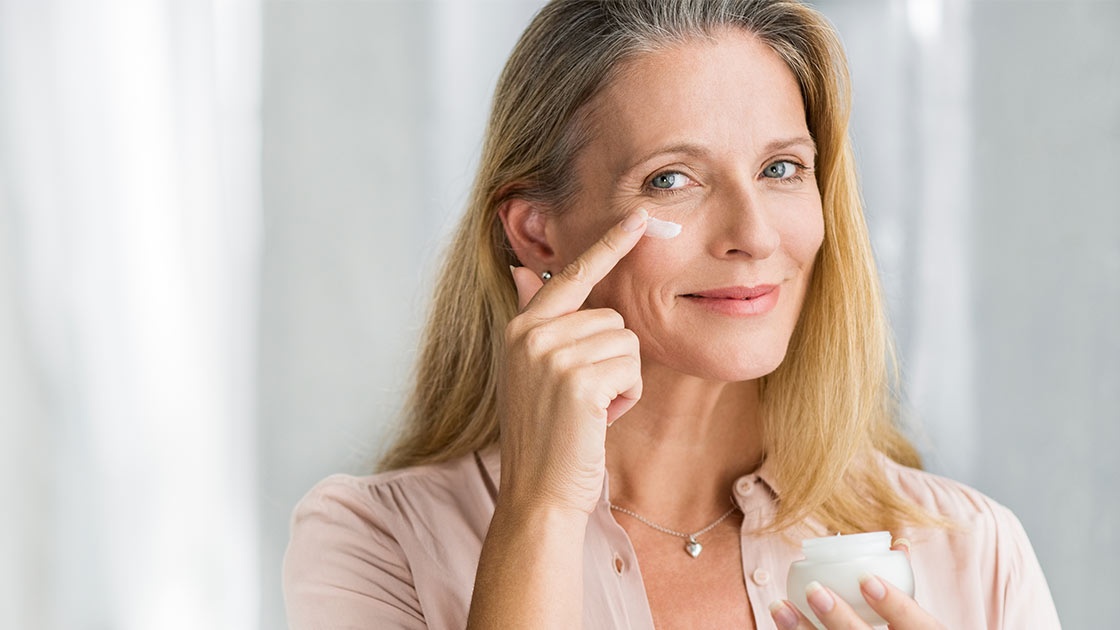

Why it is important to exfoliate and how to do it correctly
Exfoliating the skin regularly throughout the year is an important gesture. However, with the arrival of the good weather this gesture becomes essential. The sun, heat and increased exposure to the elements can affect the health and appearance of our skin.
Exfoliation not only improves the skin’s texture and appearance, but also prepares it for the warmer months in a way that maximises its health and radiance.
What is exfoliation and why is it important?
Exfoliation is the process of removing dead skin cells from the surface of the skin. As skin cells regenerate, old ones remain on the surface, which can lead to a dull, lifeless appearance. In addition, these dead cells can clog pores, causing breakouts and other blemishes.
Exfoliating your skin helps to:
- Improve texture and tone by removing dead skin cells, the skin looks and feels smoother and more even.
- Stimulate cell renewal as exfoliation promotes the production of new cells, keeping the skin fresh and youthful.
- Regulate sebum through the removal of dead skin cells and cleansing of pores reduces the likelihood of acne and blackheads
- Improve product absorption since skin free of impurities allows moisturising and nourishing products to penetrate better, improving their effectiveness.
- Enhance tanning because a well-exfoliated skin acquires a more even and long-lasting tan.
Types of exfoliation:
- Physical. This involves the use of products with abrasive particles that, when rubbed against the skin, remove dead skin cells. It is crucial to be gentle, especially on the face, to avoid irritation.
- Chemical. Use acids such as glycolic, lactic or salicylic acid to dissolve dead skin cells without scrubbing. These products are usually gentler and more effective in the long term.
How to exfoliate facial skin
Facial skin is more delicate than that of the body, so it requires special care. Here are some tips for effective facial exfoliation:
- Cleansing. Before exfoliating, cleanse your face with a gentle cleanser to remove all traces of make-up and dirt. We recommend Hydrating Milk-Mousse Cleanser.
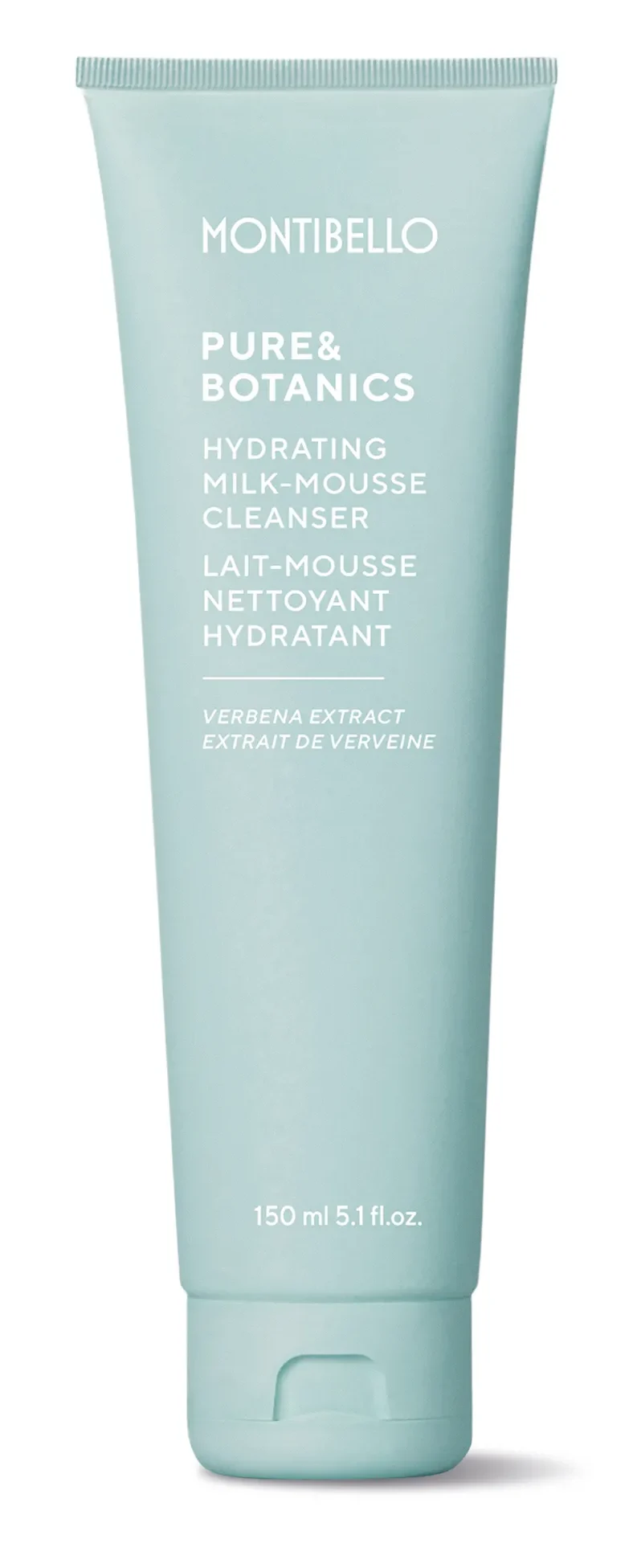
- Exfoliation. Choose an exfoliating scrub suitable for all skin types, such as Melting Scrub. Apply in gentle circular motions to the face, neck and décolleté. Avoid the eye and lip contour area.
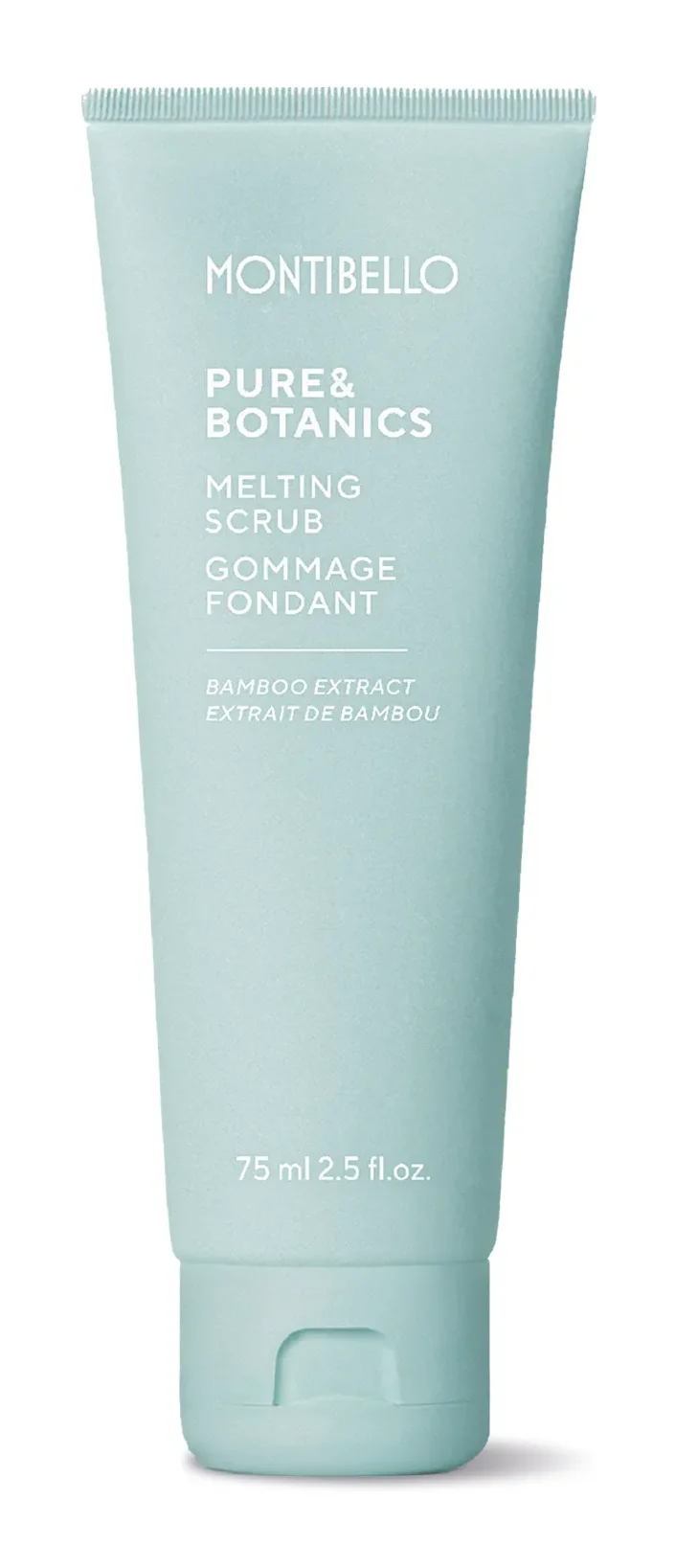
- Rinsing and moisturising. Rinse with lukewarm water and apply a moisturiser to restore moisture and protect the skin barrier. We suggest Deep Water Moisturising Cream from the HyaluFeel range.
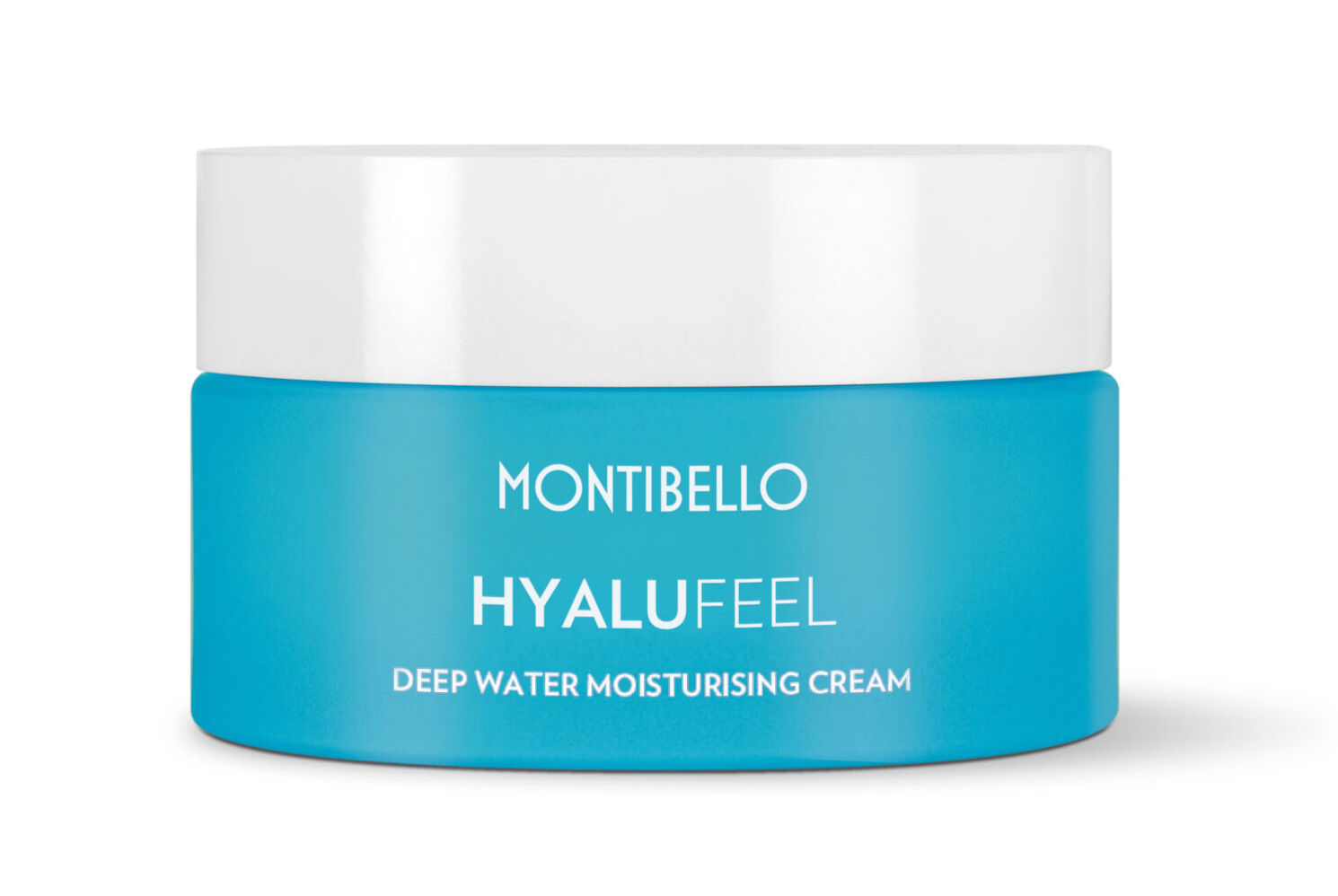
How to exfoliate body skin
Body skin can tolerate less gentle exfoliation than facial skin. With these tips you can restore vitality and health to your skin:
- Cleansing: take a hot shower to open the pores.
- Exfoliating: use an exfoliating scrub such as Exfoliant Shower Gel. Apply in circular motions, paying special attention to rougher areas such as elbows, knees and heels.
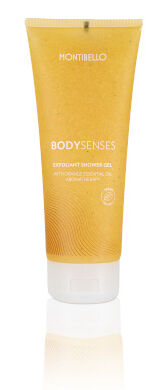
- Rinsing and moisturising: Remove the product and apply a moisturising lotion to keep the skin soft and nourished. We recommend Moisturising Body Mousse.

Frequency of exfoliation
The frequency of exfoliation depends on skin type and the product used. For most people, exfoliating once or twice a week is sufficient. Sensitive skin may need to exfoliate less frequently, while thicker skin can tolerate more regular exfoliation.




